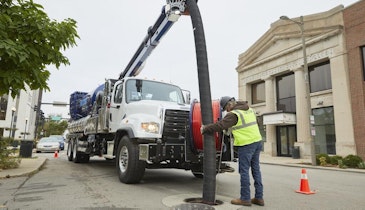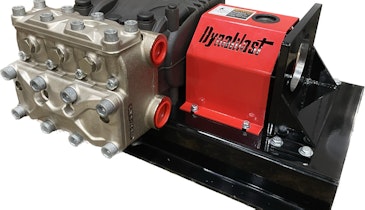Problem: Built in 1974, the Jim Hinkle Spring River State Fish Hatchery is on a 7-acre island in the Spring River near Mammoth Spring, Arkansas. Water for the six tanks in the gravity-fed hatchery comes from the Spring River near the Spring River Dam at a rate of about 70,000 gpm. The freshwater intake at this facility has a high volume of weeds, stringy material and vegetation that jeopardizes the water volume for the downstream fish hatchery production.
Solution: In 2023, the hatchery installed two Duperon Harvest Rake screens to replace the older generation manual screens. The rakes collect debris upstream from the hatchery and deposit it on a conveyor belt, reentering the river downstream. This process allows the hatchery to remain debris-free while minimizing impact on the natural debris flow of the river.
Result: As an automated system, the Harvest Rake is reducing labor requirements for the hatchery. The setup includes speed control that can be adjusted for large debris and above average flow conditions, such as after a large rain event. A rear spray bar ensures the conveyer is always clear and ready to accept debris from the rake. The rake met all environmental compliance requirements. 800-383-8479; www.duperon.com






